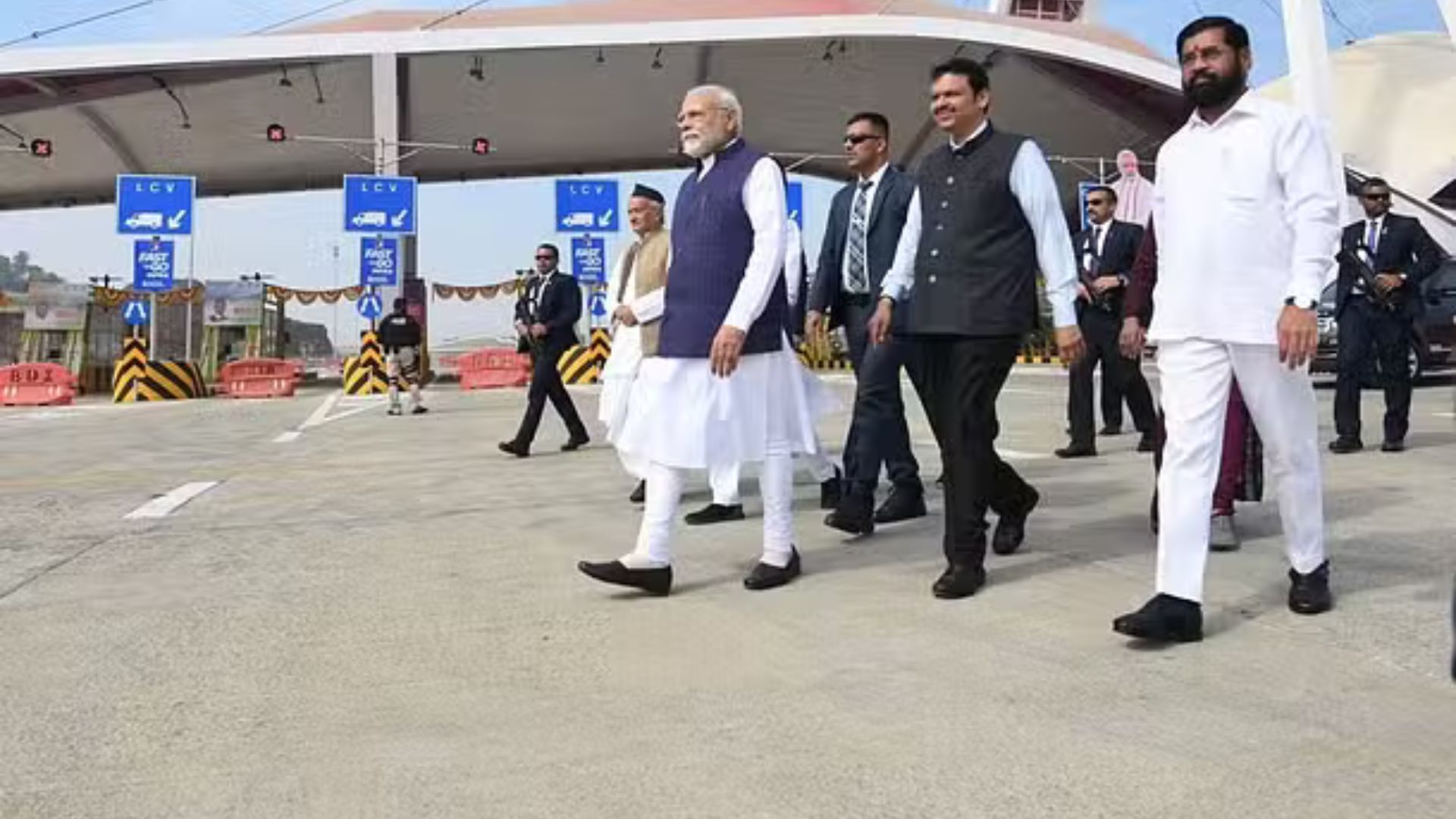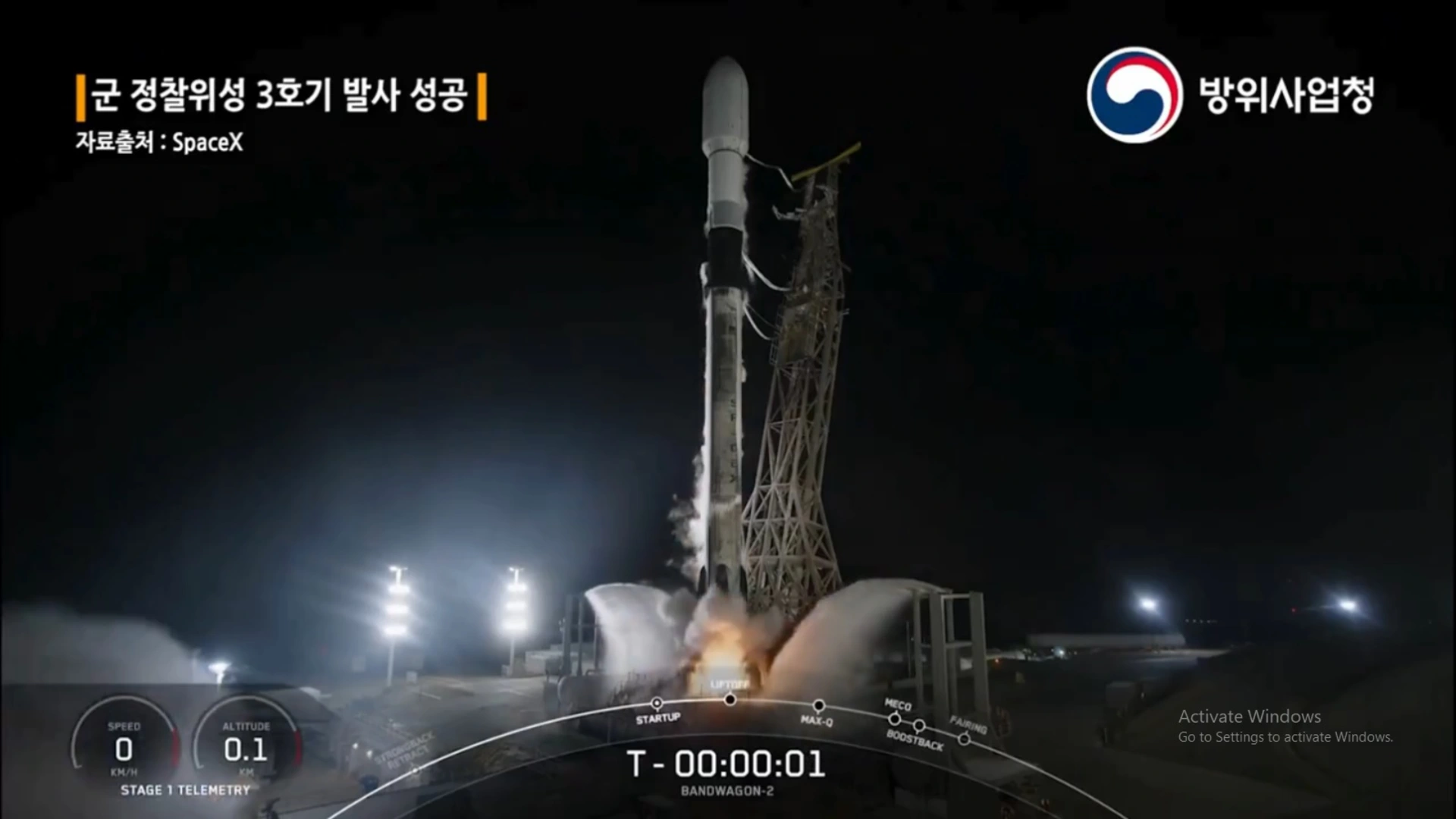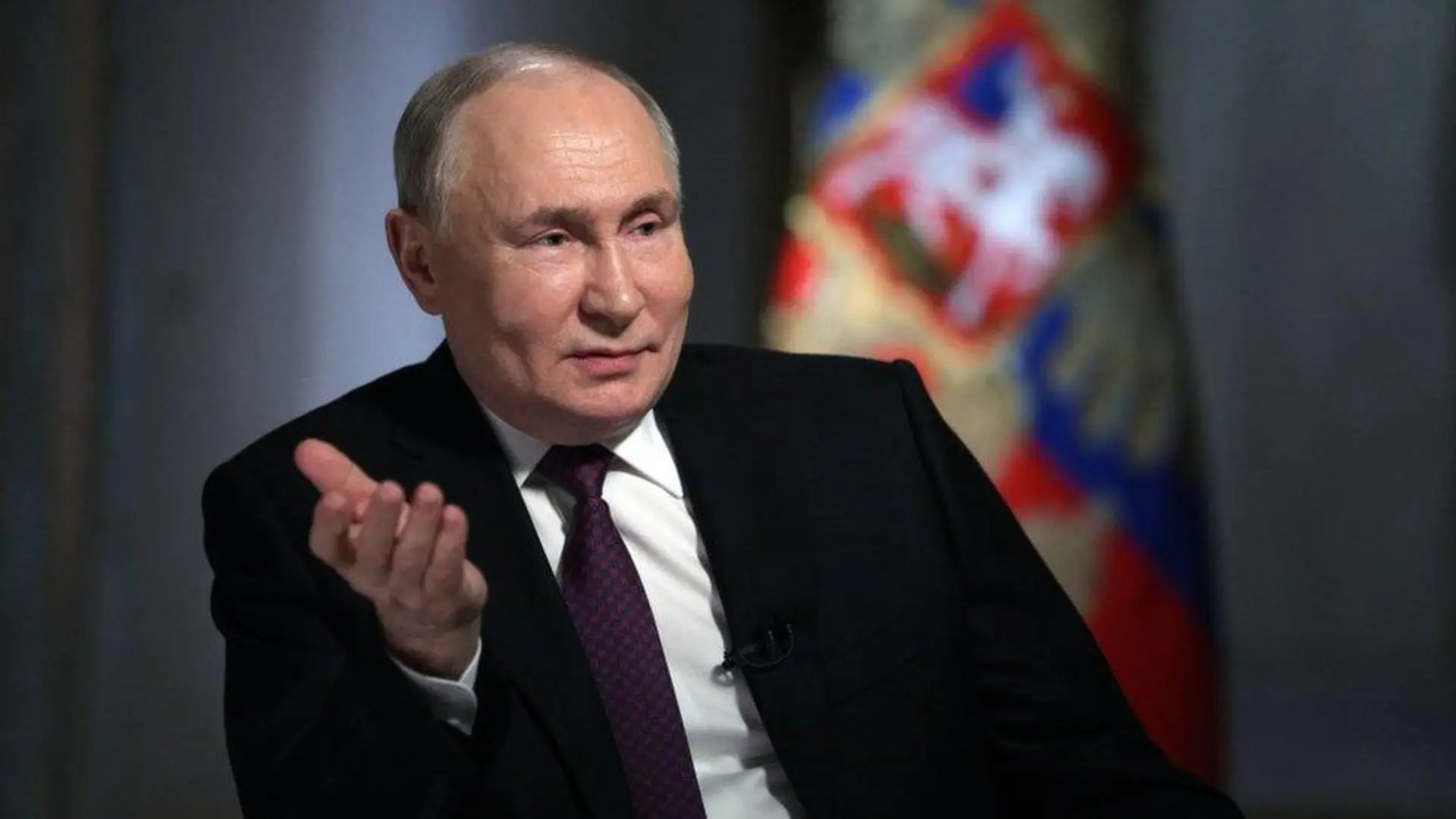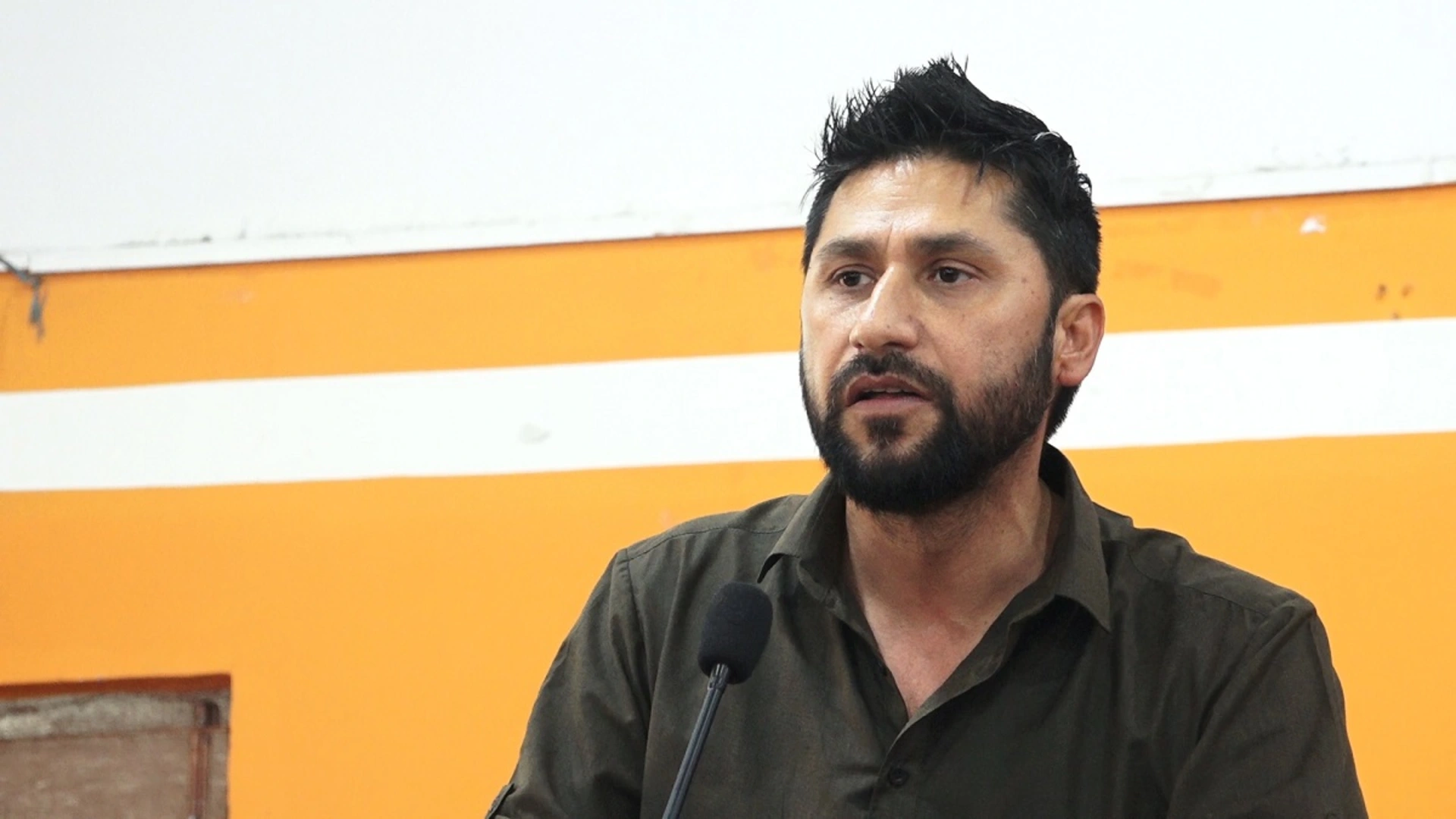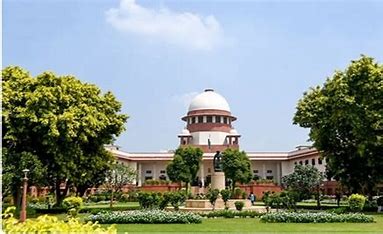For any region to thrive economically and socially, robust connectivity infrastructure is crucial. This principle is exemplified by the creation of Maharashtra’s longest expressway. Officially named the ‘Hindu Hrudaysamrat Balasaheb Thackeray Maharashtra Samruddhi Mahamarg’, this 701-km expressway connects Mumbai and Nagpur.
Fewer people know that this project, now nearing completion, was first envisioned by Deputy Chief Minister Devendra Fadnavis during his tenure as Mayor of Nagpur. Since then, Fadnavis and his administration have played pivotal roles in bringing this project to fruition. His initial vision aimed at bolstering infrastructure in Nagpur, emphasizing the need for a direct connection to Mumbai, the state’s economic hub. Without this vital link, igniting Nagpur’s economic potential would be challenging.
He remarked, “This expressway will create a new growth engine for the state, connecting rural areas with urban centres. This will ensure that Vidarbha’s potential is fully realised.” The Samruddhi Expressway is designed not just as a road but as a transformative infrastructure project that aims to enhance the socio-economic conditions, especially in the underdeveloped Vidarbha region.
The State’s Longest Expressway
Following the project announcement in 2015, the Maharashtra State Road Development Corporation (MSRDC) was appointed to execute the Samruddhi Expressway. Over the next four years, all essential formalities, including project reports, land acquisition, execution, and funding, were addressed.
Construction began in 2019, resulting in a rapid completion timeline. The expressway’s phased opening commenced on December 11, 2022, with a 520-km stretch connecting Nagpur to Shirdi, drastically reducing travel time and enhancing connectivity across central Maharashtra. The second phase, an 80-km stretch from Shirdi to Igatpuri, opened in May 2023, further extending the route towards Mumbai. The final segment linking Igatpuri to Mumbai completes the 701 km, reducing the journey time between Nagpur and Mumbai to around eight hours.
This extensive project includes six tunnels, notably the 7.7-km twin tunnels between Kasara Ghat and Igatpuri, which represent the longest highway tunnel in Maharashtra. The expressway traverses diverse landscapes, including three wildlife sanctuaries and a 310-metre bridge over the Wardha River. To safeguard wildlife, the project incorporates features like undercrossings, overpasses, and high box culverts to allow animal movement and prevent roadkill.
Opening Up Unconnected Regions
Maharashtra’s economic vitality largely stems from the “golden triangle” of Mumbai, Pune, and Nashik, contributing approximately 60% of the state’s Gross State Domestic Product (GSDP). Despite this, the eastern region has faced developmental neglect due to insufficient connectivity.
The Samruddhi Expressway is specifically designed to rectify this imbalance, paving the way for new opportunities. It serves as an economic corridor, fostering growth across the region. Spanning key districts, it connects to various economic hubs, including India’s largest container port, Jawahar Lal Nehru Port (JNPT) in Mumbai, and the upcoming Navi Mumbai airport. The expressway includes 24 interchanges to link industrial and economic centres effectively.
Typically, highways develop economic hotspots around interchanges over time. However, this expressway adopts a proactive approach by integrating township development plans into the design, maximizing economic impact from the outset. The plan includes the development of 18 strategically positioned townships at intervals of 30-40 km along the route, offering amenities like schools, Industrial Training Institutes (ITIs), technical and higher education facilities, hospitals, police stations, parks, and sports complexes to foster community development.
Key Initiatives by Fadnavis for the Expressway Project
Maharashtra pioneered India’s first greenfield expressway with the construction of the Mumbai-Pune Expressway, operational since 2002. However, subsequent progress on new expressways stagnated until Fadnavis took decisive action. He consistently highlighted the necessity of infrastructure improvements in Vidarbha, an area historically lagging in development compared to western Maharashtra.
In 2015, the BJP-Shiv Sena coalition government approved the greenfield expressway’s construction. Fadnavis championed the project through various governmental levels, streamlining approvals, minimizing bureaucratic obstacles, and facilitating crucial decisions.
Land Acquisition
Fadnavis’s hands-on leadership expedited the land acquisition process, which is often a significant challenge in large-scale projects. The 701 km span affected multiple districts and numerous villages, making negotiations with landowners and addressing displacement issues critical.
Environmental clearances also posed challenges, especially in ecologically sensitive regions. Fadnavis implemented a structured land acquisition policy emphasizing fair compensation and rehabilitation, facilitating transparent communication with affected communities, which garnered public support and expedited processes. In previous projects, even minor land disputes could lead to significant delays, but his strategy mitigated these risks.
The ‘infrastructure war room,’ established by Fadnavis in 2015, further streamlined the acquisition process by enhancing coordination among various agencies.
War Room Strategy
The war room facilitated the acquisition of lands expediently, and the following procedures were cleared expediently. This makes inter-agency coordination possible because one of the serious problems with traditional decision-making approaches is that each agency functioned in its own fashion, leading to inefficiency and cost overruns.
Each agency had its fashion of working, which leads to inefficiency and overrun of costs. The war room put together these modes of working to facilitate proper execution and avoid delays in completion.
Financing the Colossal Project
The funding of the Mumbai-Nagpur Expressway was facilitated through the successful raising of ₹5,000 crores by Fadnavis by leveraging the financial resources of five state public agencies-Mumbai Metropolitan Region Development Authority (MMRDA), City and Industrial Development Corporation (CIDCO), Maharashtra Housing and Area Development Authority (MHADA), Maharashtra Industrial Development Corporation (MIDC), and Slum Rehabilitation Authority (SRA).
Apart from that, toll collection rights from the Mumbai-Pune Expressway and older highway were securitized. That generated another ₹9,000 crores. These funds were required for land acquisition, and construction costs were covered through loans, to be paid back through toll revenues.
Technological Advancements
He further supported the use of modern technology in designing and managing the expressway, traffic management system, and taking all the necessary eco-friendly measures to ensure it becomes safe and less time consuming in traveling. He ensured constant monitoring of the project. He always updated the public and stakeholders with the findings. This was only how to keep them interested and supporting.
MSRDC at the Front
MSRDC leads planning including route selection, land acquisition, and obtaining environmental clearances while it propagates transparency and engages with the community. This master plan for development entails new townships and industrial zones along the expressway along with incentives to invest in manufacturing, logistics, and agriculture sectors.
It was not visualized as just connecting two places but an economic corridor with 18 townships sited at strategic junctures,” said Former VC and MD, MSRDC, Radheshyam Mopalwar. Most segments of expressway are already operational, township development is to begin on all these.
New nodes on the anvil:
To further this development, the Maharashtra government is proposing additional connectors or access-controlled expressways linking major districts to the Samruddhi Mahamarg. Upcoming projects include the 53 km elevated Pune to Shirur Road and the 179.85 km Jalna-Nanded expressway.
Jalna-Nanded Expressway
The Jalna-Nanded greenfield expressway will connect the Nanded, Hingoli, Parbhani, and Jalna districts directly to Mumbai and Jawaharlal Nehru Port Trust (JNPT). This six-lane expressway will support a design speed of 120 km/h and includes a 20-metre corridor space for future high-speed rail construction. Starting at Jalna on the Samruddhi Mahamarg, the route passes through Parbhani and Nanded districts before connecting to the Nanded-Deglur-Telangana NH 161.
Pune-Shirur Road
Besides, the State Government of Maharashtra has sanctioned an elevated 53km six-laned road connectivity between Pune to Shirur via Chhatrapati Sambhajinagar with the Samruddhi Expressway. The project will start from the Pune Bypass via Kesnand (Wagholi) and Lonikand thus connecting several key regions in a more effective way. This upgrading of the project has the estimated cost quoted at the cost of ₹9,565 crores while in greater detail, MSRDC intends to put across the bill of upgrading Chhatrapati Sambhajinagar Road via the Ahmednagar Bypass to be as high as ₹2,050 crores, it has added a tag of ₹7,515 crores as a bill on upgrading Pune-Shirur Road.
The officials believe that several entry and exit points have been provided to cities along the expressway such as Shirur, Ahmednagar, Nevasa, and Chhatrapati Sambhajinagar. Upon their completion, these expressways will form a smooth connectivity of modern roads between areas of cities and villages as well, which will assist in fast travel and speedy economic development of Maharashtra State.
This project is successful not only because of the commitment and vision of Devendra Fadnavis himself but also because, after his leadership, it transformed from a concept into a transformative initiative that redetermines the state’s economy.

